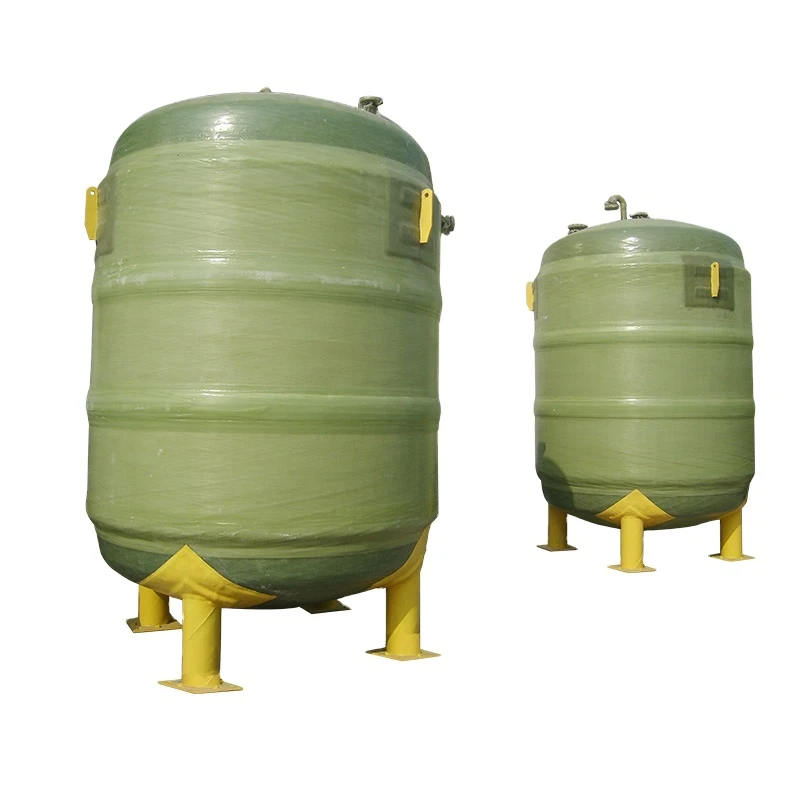


Understanding Fiberglass U Channel Properties and Applications
Fiberglass U Channels are specialized structural components that have gained significant popularity in various industries due to their unique properties and versatile applications. Made from a composite material that combines glass fibers with a polymer resin, these channels offer remarkable benefits over traditional metal alternatives. This article will explore the characteristics of fiberglass U channels, their advantages, and their diverse applications across different sectors.
Properties of Fiberglass U Channels
Fiberglass U Channels exhibit several key properties that make them desirable for construction and manufacturing. Firstly, they are lightweight, which simplifies handling and reduces transportation costs. Unlike steel or aluminum channels, fiberglass U channels do not corrode, which makes them ideal for applications in harsh environments where exposure to moisture, chemicals, or extreme temperatures is a concern.
Another notable property of fiberglass U channels is their excellent tensile strength. The reinforcement from glass fibers ensures that these channels can bear considerable loads without bending or breaking. Additionally, they have a high resistance to impact, making them suitable for structural applications where durability is paramount.
Furthermore, fiberglass channels exhibit good thermal insulation characteristics. Unlike metal, fiberglass does not conduct heat, which can be an advantage in applications that require temperature control. The material also allows for a variety of finishes, making it aesthetically pleasing when exposed in visible areas of construction or design.
Advantages of Fiberglass U Channels

The advantages of fiberglass U channels extend beyond their material properties. One of the primary benefits is their cost-effectiveness over time. While the initial investment in fiberglass products might be higher than traditional materials, the longevity and reduced maintenance costs often lead to savings in the long run. This durability is particularly beneficial in outdoor applications where environmental factors can degrade other materials.
Another advantage is versatility. Fiberglass U channels can be fabricated in various sizes, thicknesses, and colors, making them suitable for a wide range of projects, from small-scale renovations to large commercial constructions. Their adaptability allows engineers and designers to use these channels in innovative ways, contributing to more efficient and effective designs.
Applications of Fiberglass U Channels
The versatility of fiberglass U channels makes them suitable for numerous applications across various industries. In the construction and architectural field, they are commonly used for framing and support systems due to their strength and lightweight nature. They are also employed in the construction of walkways, bridges, or platforms, particularly in marine environments.
In the automotive and transportation industries, fiberglass U channels are utilized in vehicle frames and components, where weight reduction is critical for fuel efficiency. Manufacturers appreciate their corrosion resistance and ability to withstand harsh conditions, making them ideal for uses in buses, trains, and even boats.
The electrical industry employs fiberglass U channels for conduit systems, where protection against corrosion and electrical insulation is necessary. Additionally, they are valuable in the aerospace sector for various structural components, where weight savings and strength are crucial for performance.
In summary, fiberglass U channels represent a modern solution to many traditional construction and manufacturing challenges. Their lightweight yet robust design, resistance to environmental degradation, and adaptability make them a material of choice across numerous applications. As industries continue to seek sustainable and durable alternatives, the demand for fiberglass U channels is likely to grow, positioning them as a key component of future engineering and design projects.